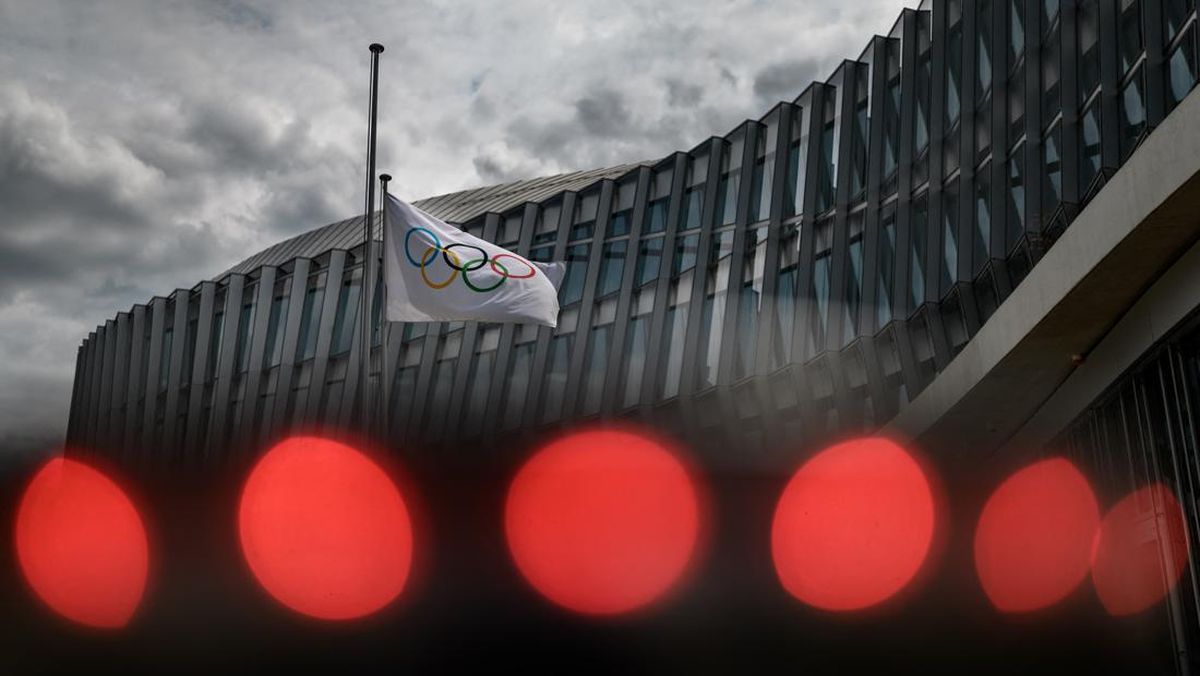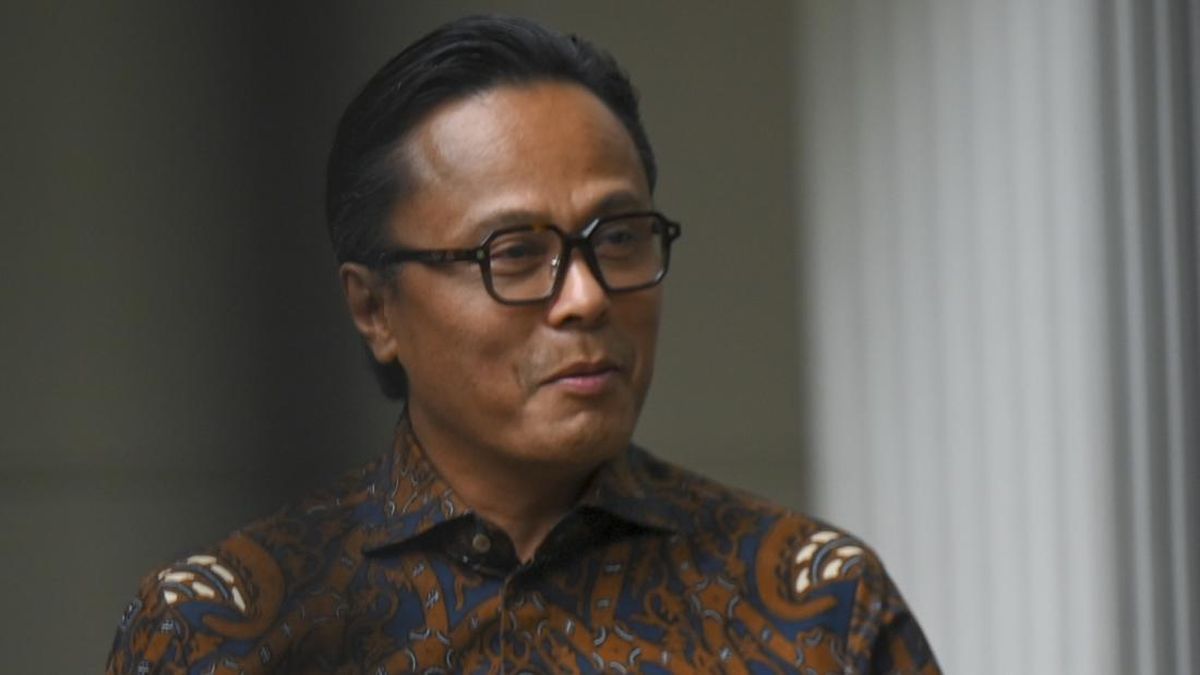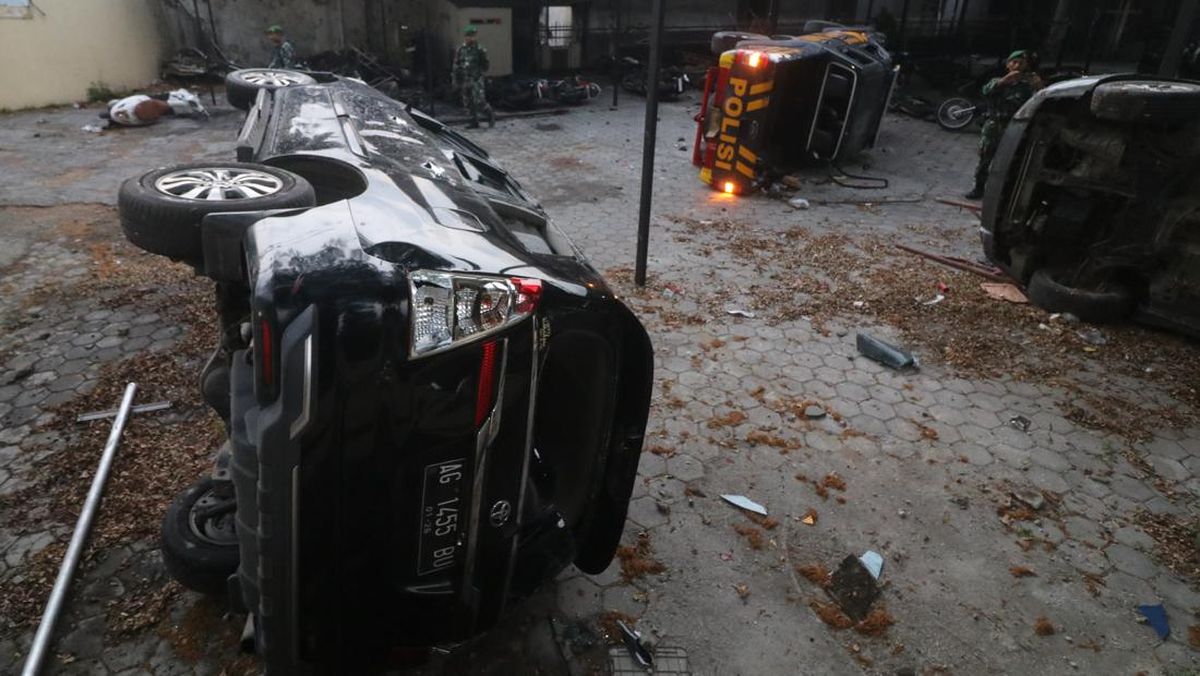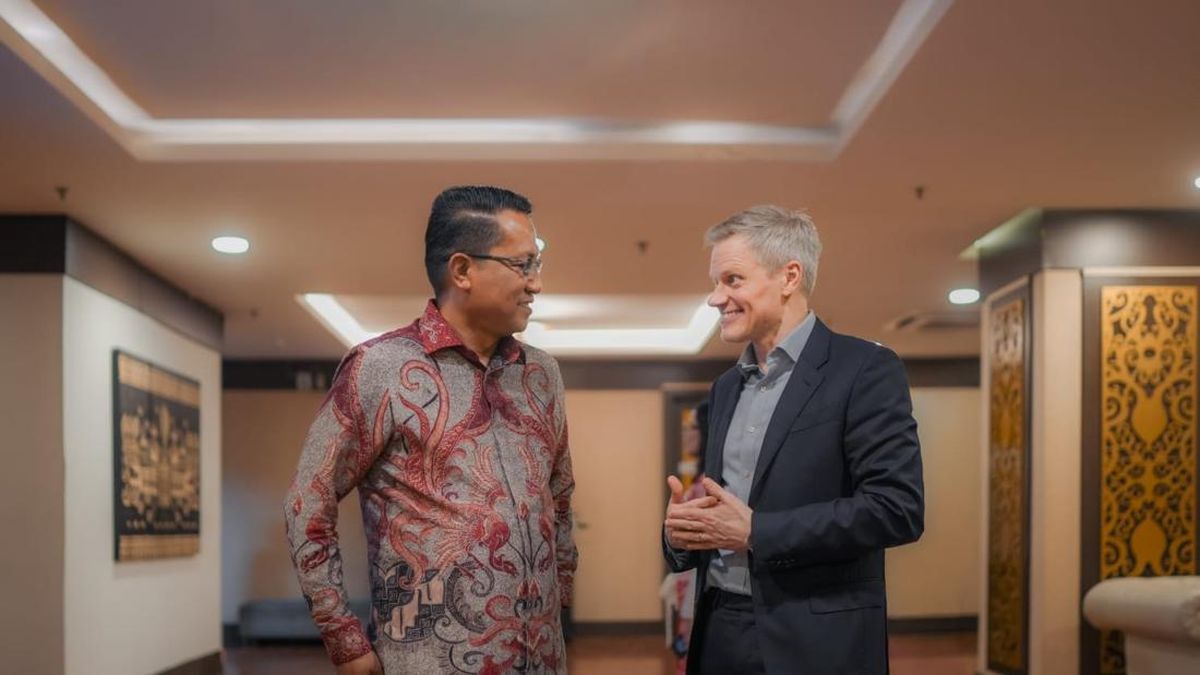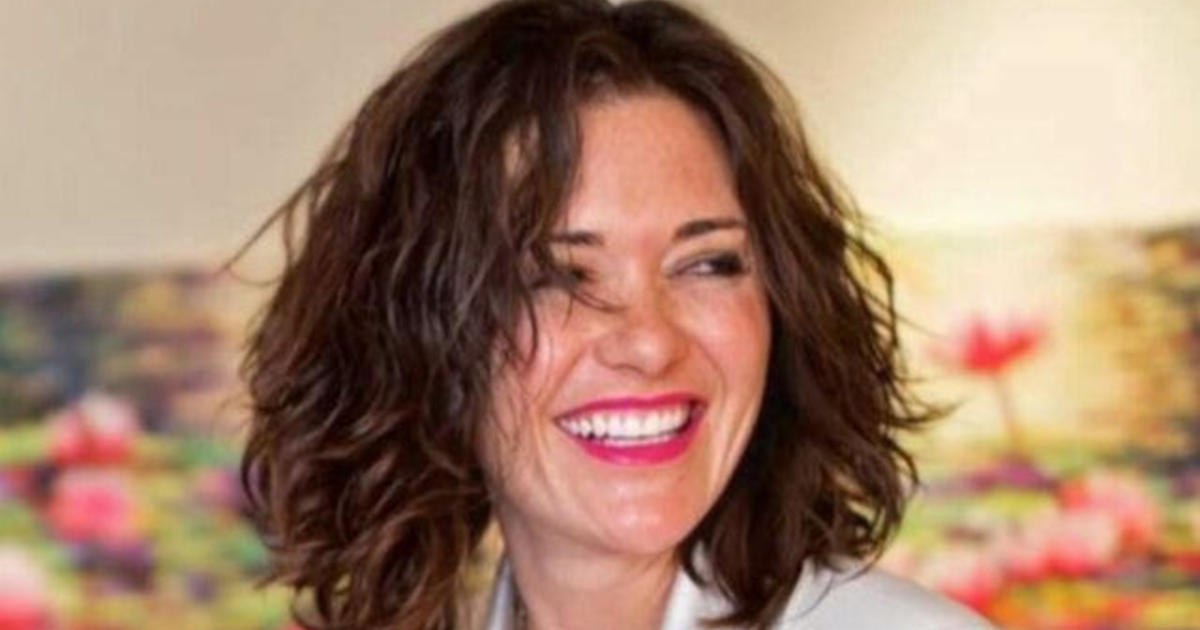Kathy Evans
October 23, 2025 — 1:50pm
I am on the streets of Harlem, drumming for peace. I am a white, middle-class and middle-aged female with very little sense of rhythm, and I’m feeling exposed, here on the sidewalk with a djembe drum tipped just so between my winter-white knees.
I had only popped out to the grocery store to get something for dinner but somehow found myself part of a spontaneous drumming circle outside the offices of the Universal Soundship Foundation. My drumming, I fear, might lead to warfare. I am not in sync with my fellow musicians, whose supple, fluid hands echo the rhythms of the loose-limbed dancer in the middle. I am out of time, out of place.

I soon learn that any outing in Harlem involves a sense of adventure. One does not simply pop to the shops without witnessing a tableau of some description that can be equally heart-warming or heart-breaking. Homelessness, rats, rubbish and displacement on the streets of this uptown Manhattan district are common. But in a place where much of life is conducted on the streets, so is laughter and friendship; old men gather in circles of plastic folding chairs outside the handsome brownstones to smoke and chat; women walk arm in arm, snatches of their loud and animated conversations drift and mingle. Lennox Avenue, the main artery that cuts through central Harlem, is alive with the sound of boomboxes and sirens and the muggy August air smells of cannabis and rain.
Harlem has known pleasure and pain. Its streets of handsome brownstones point to its affluent past, when the completion of the subway in 1904 led to a building boom. Originally a Dutch settlement, it was once a stronghold of Jewish luminaries.

In the 1920s, the Harlem Renaissance – an explosion of creativity within the African American community in which art, music and literature fired the belly of the civil rights movement – was followed by a long steep decline marked by poverty, crime and neglect.
Today, Harlem is experiencing another renaissance, this time based on economic development and cultural preservation. To attract outsiders who still fear its rough reputation (though the crime rate has decreased drastically in recent years) it has become a reinvigorated version of itself, once more heaving with stories, art and culture. Black pride is being curated and embraced.
I tag along on to the Soul of Harlem Walking Tour, guided by local author and photographer Lawrence Henderson. Our group consists of two African American families from Detroit; the youngest member of our party is small, earnest and bespectacled and clearly knows his history. Standing on the northwest corner of 126th Street, in front of artist Paul Deo’s giant landmark mural Planet Harlem, celebrating the profound struggles and immense strength of African Americans, he easily identifies the faces enshrined on the wall. Barack Obama, Zora Neale Hurston, Thurgood Marshall, to name but a few. Not to be outdone, his slightly older sister points out Ella Fitzgerald, Muhammed Ali and the poet and activist Langston Hughes, a leading figure in the Harlem Renaissance who lived and worked close by on East 127th.

It was here on the top floor of an Italianate brownstone that Hughes penned some of his most important works, including Harlem (A Dream Deferred), in which he poured out his disillusionment with the American dream and the failed promise of freedom and equality for all. After falling into a state of disarray for many years, it is now home to the I, Too, Arts Collective nonprofit (named after his poem of the same name), which preserves his legacy and supports emerging artists from under-represented communities.
Next, Lawrence takes us to the New York Public Library’s Schomburg Centre for Research in Black Culture, a brisk 15-minute walk away where Hughes’ ashes are interred beneath a cosmogram in the lobby. The words of his first published poem, The Negro Speaks of Rivers, form part of an art installation marking the spot. Written when he was just 19, the memorial honours both Hughes and Arturo Schomburg, the library’s namesake, who, Lawrence says, was driven to collect one of the world’s largest collections of Black literature, art and slave narratives after a teacher told him there was “no such thing” as Black history.

Today Harlem thrives on its richness and near-mythic qualities. Close by, at the National Jazz Museum, Duke Ellington’s chipped white baby grand piano, on which he composed Mood Indigo, stands encased behind a red rope, close to Eddie “lockjaw” Davies’ still gleaming tenor saxophone.
If the sight of these hallowed instruments leaves you feeling inspired, it’s a short stroll to the historic neoclassical Apollo Theatre on West 125th Street where a young Jimi Hendrix launched his career after winning first prize in an amateur musician contest there in 1964. Amateur nights are still every Wednesday, where hopeful comedians, dancers and performers come from all over the world to compete for the grand prize of up to $20,000.

If, however, you’re more of a listener, there’s no shortage of places to indulge your ears. From the beat of ragtime syncopation to soaring gospel choirs and expressive blues, Harlem has yielded some of the most pioneering, innovative and joyful music on the planet. Behind a plain door on 133rd Street, on the former site of a 1920s speakeasy, hard-bop saxophonist Bill Saxton and his band the Harlem All-Stars are keeping the spirit of jazz alive, kicking up a righteous clatter in front of a tightly packed house every weekend.
We squeeze around the stage in the front of the room at Bill’s Place, clutching a bottle of water and realising too late that it’s BYO. In the snug basement space, where the walls are adorned with photos of Louis Armstrong and other musical legends, Bill lets rip with a hard set that includes bop classics, spiritual jazz and his own powerful, earthy originals.

In between the numbers, Bill, born and raised in Harlem, tells us a bit about the history; 133rd was formerly known as Swing Street – where people from all backgrounds intermingled to party and hear live jazz in the era of Prohibition, while bootleggers ran booze between buildings. Back then, Bill’s Place was an after-hours hang-out spot for Duke Ellington, Fats Waller and many others. In the 1920s, a young singer named Eleanora Fagan was discovered here – her record producer renamed her Billie Holiday.
Harlem is a place to feed your body as well as your soul. These days it is enjoying a solid reputation as a food haunt, fuelled by the arrival of celebrity Swedish/Ethiopian chef and TV personality Marcus Samuelsson, whose restaurant, Red Rooster on Lennox Ave (which is also known as Malcolm X Boulevard) has come to define a specific kind of Harlem chic, serving comfort food with an epicurean twist. We enjoyed barbecued cauliflower with avocado mousse and crispy plantain. At $US22 (about $33), it’s not cheap, but like many places in New York, the portions are huge.

Nearby, the legendary Sylvia’s Queen of Soulfood, which featured in Spike Lee’s film Jungle Fever, is a landmark eponymous eatery famed for its clientele as well as its food with origins in the Deep South. Today it is owned and operated by the founder’s children and grandchildren, following her death in 2012 (she was so well regarded that she has a street named after her). Whoopi Goldberg, Bill Clinton, Nelson Mandela and Barack Obama have all dined here; you can tuck into catfish fingers, fried shrimp and her world-famous barbecue ribs with candied yams in the dark interior or eat on the patio, watching life in all its messy and glorious complexity unfold on Lennox Avenue.
The details
Stay
Sign up for the Traveller Deals newsletter
Get exclusive travel deals delivered straight to your inbox. Sign up now.

